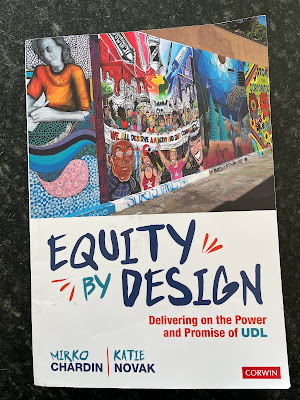Supporting SEL Competencies and Transferrable Skills Through Morning Meetings By: Joanie Wisdahl, MTSS Coach
When students enter our buildings first thing in the morning, they are transitioning into the classroom setting, where they will be expected to engage in their learning throughout the day. Morning meetings allow students to participate in the classroom community, make connections with their teacher and peers, and set their learning intentions for the day. Morning meetings typically involve a greeting that can be as simple as “good morning,” an opportunity to share, perhaps an activity or game that helps the class connect with one another, and a morning message from their teacher. Having these routines helps students set their intentions for the day, as well as provides them with consistency and predictability in their routines. CASEL, the Collaborative for Academic, Social, and Emotional Learning describes SEL as the process through which children and adults acquire and effectively apply the knowledge, attitudes, and skills necessary to: Understand and manage emotions Set an...

